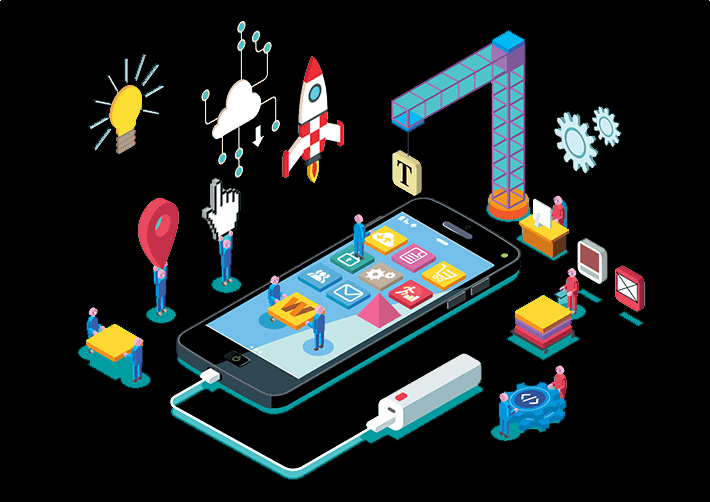
Understanding Mobile App Development
Understanding Mobile App Development Mobile apps are vital to our daily lives in this age of rapid technological advancement. Mobile apps simplify food delivery, friend-to-friend communication, and money management. Despite their sleek interfaces and pleasurable user experiences, mobile apps are produced using several complicated processes that are hidden. This blog post will cover mobile app development, focusing on the essential procedures, components, and ingredients.
Mobile apps, also referred to as applications for mobile devices, are programs created specifically for use on portable electronic devices like smartphones and tablets. The two main platforms in the ecosystem are iOS (created by Apple) and Android (created by Google). Programming languages, design principles, and platform-specific guidelines are just a few of the things that developers must take into account.
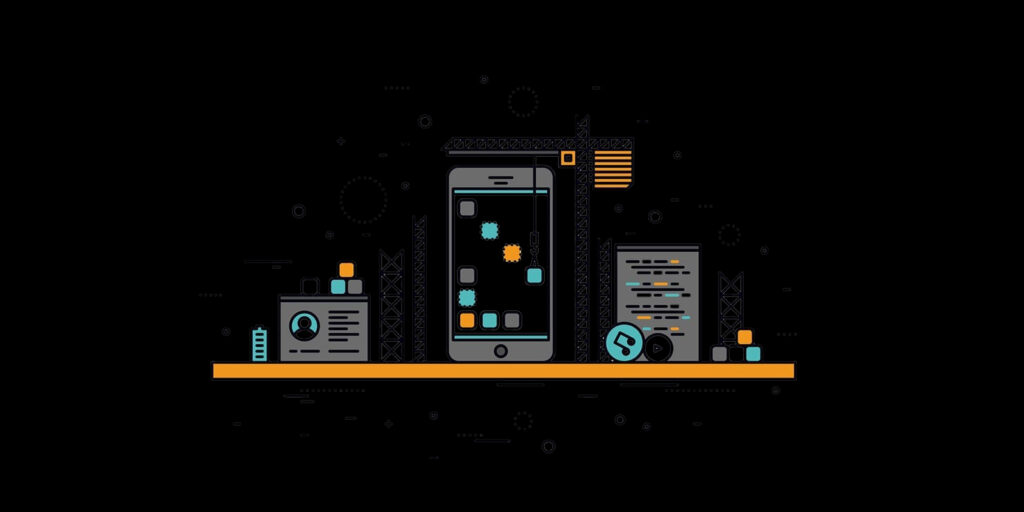
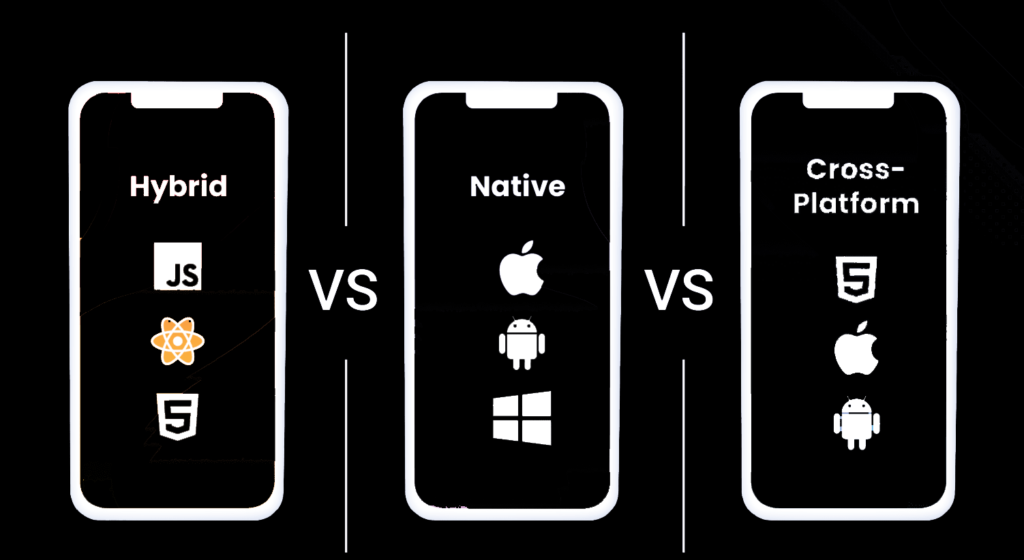
The following are the three primary components that make up mobile applications:
Front-end
Users communicate via the user interface. It has screens, buttons, and navigational aids. UI/UX design is crucial for a user-friendly, attractive program.
Back-end
Back-end processes include data storage, user authentication, and server connections. This system has servers, databases, and APIs.
Middleware
Middleware simplifies data transfer and communication between the front and back ends. The app’s functionality must be consistent.
Developing a mobile application typically involves the following steps:
Conceptualization
Please provide a description of the app’s purpose, intended audience, and competitive advantages. Create an idea as well as a list of the most important aspects.
Design
Build prototypes and wireframes to depict the user flow and design of the app you’re developing. During this phase, the visual identity of the application is developed, along with the selection of color palettes and typefaces.
Development
When writing the app’s actual code, you should make use of programming languages such as Swift (for iOS) or Java/Kotlin (for Android). In addition, developers combine databases, application programming interfaces (APIs), and various other crucial components.
Testing
Perform exhaustive testing on the application to check for flaws and evaluate its usability and performance. Real users taking part in beta testing have the potential to offer important feedback.
Deployment
You should upload the software to the Google Play Store as well as the software Store for iOS. Make sure that all of the rules that are unique to the platform are followed.
Maintenance and Updates
Regular updates to the program should be performed to fix bugs, introduce new features, and take into account any platform-specific changes.

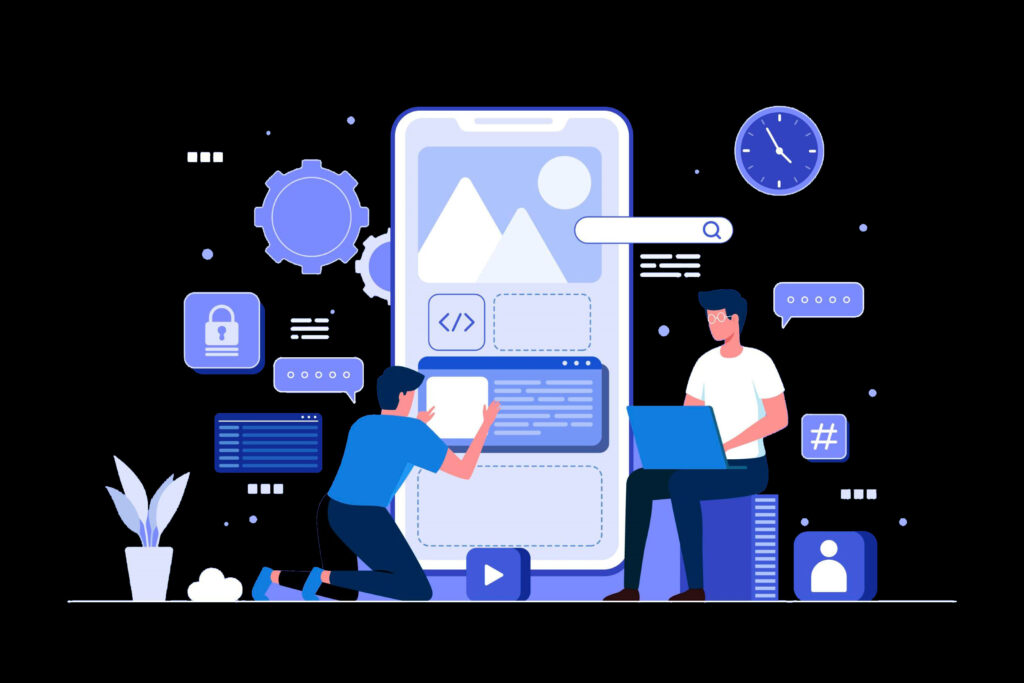
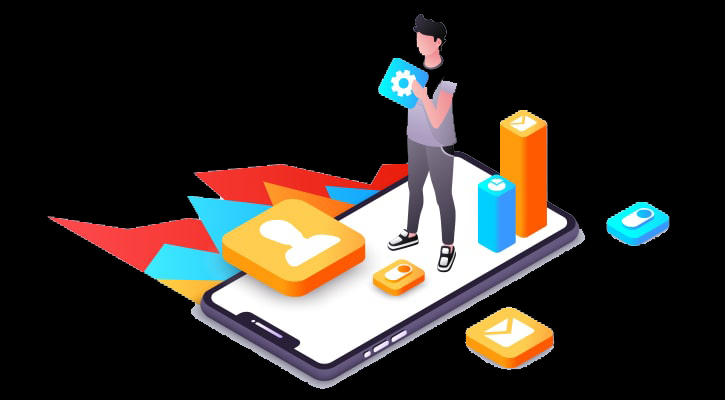
Planning, designing, and developing mobile apps call for painstaking attention to detail. Understanding the mobile app ecosystem and employing the right development methodology with a focus on security and user experience are prerequisites for successful mobile app design. Developers may produce user-friendly apps that stand out in the app market by adhering to industry trends and best practices. This analysis can assist you in comprehending this complicated industry if you’re a developer, company owner, or enthusiast for mobile apps.
